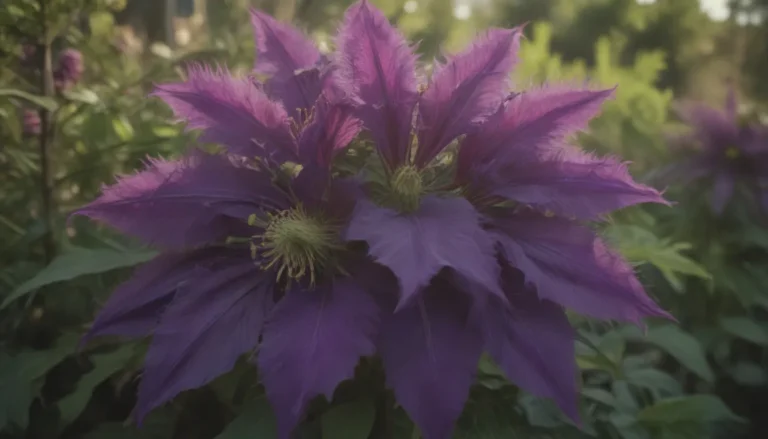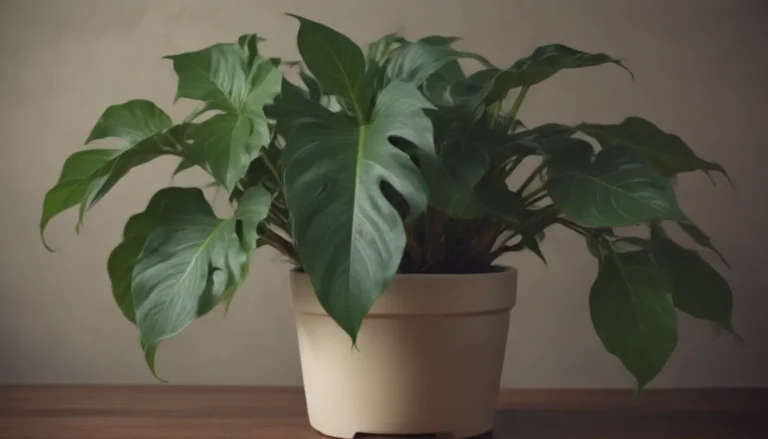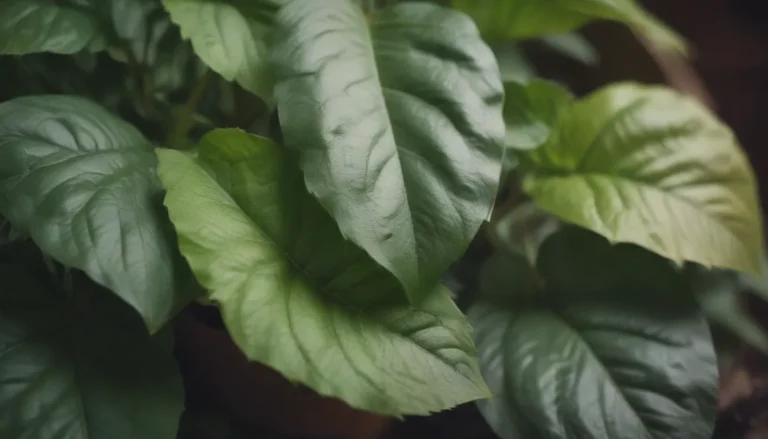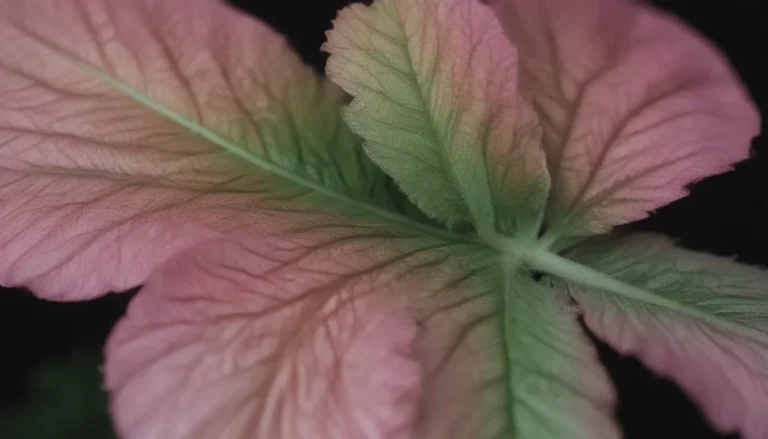The Ultimate Guide to Growing a Bridal Veil Plant: Your Carefree Indoor Companion

Are you looking to add a touch of elegance to your indoor space? The bridal veil plant, also known as Gibasis pellucida or Tradescantia geniculate, could be just what you need. With its dark leaves and delicate white flowers that cascade like a bridal veil, this perennial flowering houseplant can bring a stunning natural decor element to your home.
In this comprehensive guide, we will explore everything you need to know about growing and caring for a bridal veil plant. From light and soil requirements to pruning and propagation tips, we’ve got you covered. Let’s dive in and discover how you can cultivate this beautiful and carefree houseplant in your own home.
Bridal Veil Plant Care Tips for Beginners
Where to Put It:
– Place your bridal veil plant in an area with indirect sunlight to encourage healthy growth.
– Avoid direct sunlight to prevent leaf burning.
How to Water It:
– Water your bridal veil plant once or twice a week, allowing the top inch to two inches of soil to dry out between watering.
– Overwatering can lead to root rot, so be mindful of how much water your plant needs.
Soil Type:
– Use well-drained soil that is high in organic matter, such as coco coir, perlite, or vermiculite, to provide a healthy environment for your bridal veil plant to thrive.
Bridal Veil Care: Meeting Your Plant’s Needs
Light
- Provide your bridal veil plant with filtered, indirect sunlight for optimal growth.
- Increasing light exposure can deepen the color of the leaves and stems, but avoid direct sunlight to prevent damage.
Soil
- Ensure your plant is in well-drained soil that is rich in organic matter to support healthy growth.
Water
- Water your bridal veil plant only when the top layer of soil feels dry to the touch.
- Avoid overwatering to prevent root rot, a common issue with this plant.
Temperature & Humidity
- Maintain temperatures between 55-75 degrees Fahrenheit for your bridal veil plant’s comfort.
- Avoid cold drafts or exposure to air conditioning units to prevent dehydration.
Fertilizer
- Unlike some plants, bridal veil plants do not require regular fertilization.
- Maintain high levels of organic matter in the soil for healthy growth.
Pruning: Keeping Your Plant in Shape
The best time to prune a bridal veil plant is during the spring and summer when it is actively growing. Trim branch tips and remove dead wood to encourage new growth and maintain the plant’s shape.
Propagating Bridal Veil Plant: Growing Your Collection
Bridal veil plants can be propagated through cuttings in early spring when the plant is actively growing. Increase your indoor foliage collection by following these steps:
What You’ll Need:
– Sharp scissors or shears
– Small pots with well-draining soil
Where to Cut:
– Take cuttings from healthy stems with at least two leaves attached.
Maintaining the Cutting:
– Keep the cutting in a warm, humid environment to encourage root growth.
When to Plant the Cutting:
– Once roots have developed, transplant the cutting into a pot with well-draining soil.
Potting & Repotting: Keeping Your Plant Comfortable
Repot your bridal veil plant only if it has doubled in size within a year or if the roots are outgrowing the current pot. Use a container with drainage holes to prevent waterlogging and promote healthy root growth.
Common Pests & Plant Diseases: Protecting Your Plant’s Health
While bridal veil plants are relatively low-maintenance, they can still face issues with pests like spider mites and mealybugs. Keep an eye out for signs of infestation and treat them promptly with insecticidal soap or a water mist. Additionally, avoid overwatering to prevent root rot and fungal growth.
How to Get Bridal Veil Plant to Bloom: Enjoying the Flowers
To encourage your bridal veil plant to bloom, provide it with indirect sunlight and maintain optimal care conditions. The dainty white flowers typically bloom from early summer to late summer, filling your space with a sweet honey scent.
Bloom Months
- Bridal veil plants typically bloom from February to September, with white flowers appearing from May to August.
How Long Does Bridal Veil Plant Bloom?
- The flowers bloom for about 10 days to two weeks, adding a touch of charm to your indoor space.
What Does Bridal Veil Plant’s Flower Look & Smell Like?
- The bridal veil plant produces white flowers with a sweet honey scent, enhancing the beauty of your plant.
How to Encourage More Blooms
- Prune your bridal veil plant after blooming to stimulate new growth and encourage more flowers.
Caring for Bridal Veil Plants After It Blooms
- Continue to provide your plant with the care it needs to thrive, ensuring it gets the right amount of light and water even after blooming.
Common Problems With Bridal Veil Plant: Troubleshooting Tips
Root Rot
- Overwatering can lead to root rot in bridal veil plants.
- Watch for signs of root rot, such as dark roots and yellowing leaves, and adjust your watering schedule accordingly.
- If root rot is present, trim off affected roots and repot the plant in well-draining soil to promote recovery.
Whether you’re a novice plant parent or an experienced gardener, the bridal veil plant is an excellent addition to any indoor space. With its cascading foliage and charming white flowers, this carefree houseplant brings a touch of natural beauty to your home. By following these tips and guidelines, you can ensure your bridal veil plant thrives and continues to enchant you with its grace and elegance.





